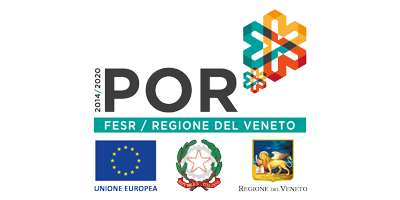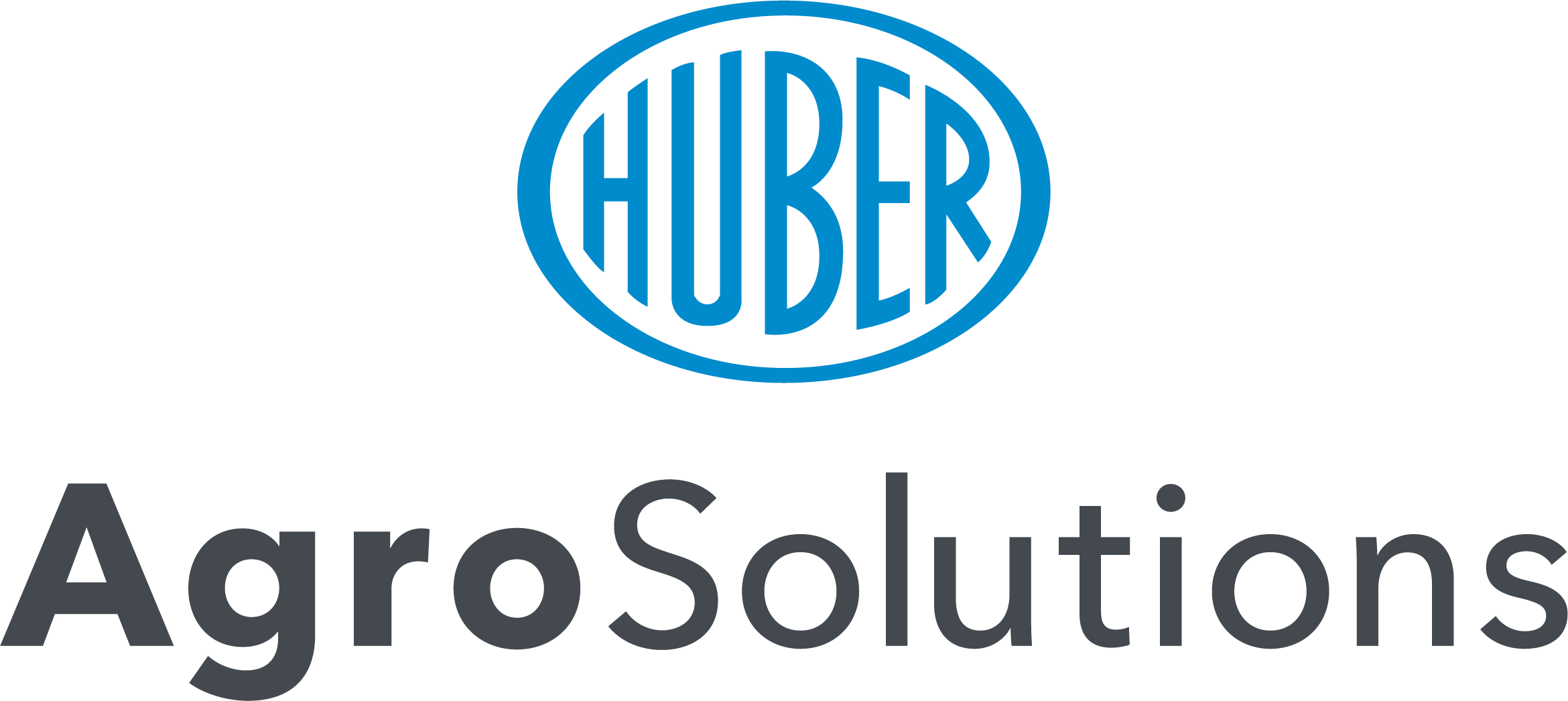Editorials
Pear trees: quality and benefits prolonged over time
19/06/2019
The improvement in the quality characteristics of fruits today, more than ever before, concerns the duration in post-harvest, also referred to as the so-called "shelf-life". With fruits being increasingly destined for distant markets, the primary objective is to ensure that they need to be fresh for longer periods of time on sales counters, thereby limiting the important of phenomena of rotting and oxidation, which cannot be ignored, before any other qualitative aspect.
Getting a high yield, a satisfactory size as well as good quality characteristics (sugar content, organic acid content, etc.) upon harvest is important but not sufficient if the fruit loses its consistency and freshness. This is particularly true if we talk about refrigerated fruits, for which the costs for refrigeration at controlled temperatures also need to be added. In recent years, ILSA has succeeded in identifying the agricultural means that, when applied in the field and, integrated with normal nutritional and phytosanitary defense interventions, have yielded prolonged advantages over a period of time.
The enzymatic hydrolysate of Fabaceae is a biostimulant completely originating from plants, making it possible to increase the shelf-life of fruits, thanks to the presence of natural triacontanol, vitamins (in particular B6) as well as polyphenolic compounds with antioxidant action, such as acids gallic, chlorogenic and caffeic, flavonoids and tannins. Furthermore, this natural biostimulant has a physiological impact on the plant, stimulating nitrogen metabolism and enzymatic activity whilst lowering nitrogen accumulation in the ammoniacal form (which replaces calcium in the pectin structure and causes loss of consistency) and favouring the activity of defence enzymes against oxidative stress.
Applied at low doses (2 kg / ha) at the end of every fifteen days during fruit development, it reduces the loss of consistency and humidity whilst maintaining optimal values of dry substance for a much longer period of time, as compared to untreated plants.
The test
The two biostimulant formulations based on the enzymatic hydrolysate of Fabaceae and orthosilicic acid were implemented in a test that was conducted in three companies within the province of Modena in order to assess their efficacy on increasing the shelf- life and the improvement of the fridge-conservation of pear fruit, for two consecutive years, namely, 2016 and 2017. Applied three times on the Abate Fetel variety, commencing about a month before harvesting, these evaluations were carried out in the following February of each vintage (after the fridge-conservation in a controlled atmosphere).
The results clearly demonstrated the sound efficacy of ILSA biostimulants, both in maintaining a greater hardness of the fruit pulp (consistency to the penetrometer, expressed in kg / cm2), as well as in decreasing the heating rate (which is the main problem faced by pears in the fridge -conservation), which is particularly significant after the abolition of ethoxyquin treatments.
At the opening of the cells hardness, measurements were carried out on 20 fruits per thesis. In addition, the percentage of heating on a sample of 50 fruits per thesis was evaluated.
Tab. 1: Evaluations conducted in February 2017
| Thesis ILSA | Witness | |
|---|---|---|
| Company 1 Date of collection: 02/09/2016 |
||
| Hardness (kg/cm2) | 4,1 | 3,4 |
| Heating (%) | 17 | 26 |
| Company 2 Date of collection: 02/09/2016 |
||
| Hardness (kg/cm2) | 4 | 3,8 |
| Heating (%) | 1 | 11 |
| Company 3 Date of collection: 02/09/2016 |
||
| Hardness (kg/cm2) | 4,2 | 3,5 |
| Heating (%) | 10 | 32 |
Photo 1: Detail of fruits taken in February 2017, with the Ilsa Thesis on the left and the Witness on the right
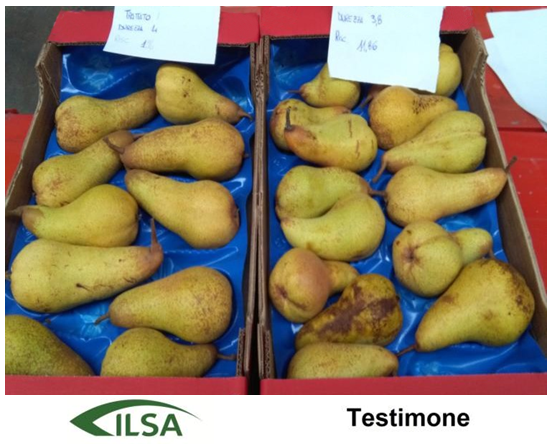
Tab. 2: Valuations carried out in February 2018
| Thesis ILSA | Witness | |
|---|---|---|
| Company 1 Date of collection: 06/09/2017 |
||
| Hardness (kg/cm2) | 4,85 | 4,13 |
| Heating (%) | 4 | 22 |
| Company 2 Date of collection: 06/09/2017 |
||
| Hardness (kg/cm2) | 4,36 | 4,20 |
| Heating (%) | 1 | 45 |
| Company 3 Date of collection: 06/09/2017 |
||
| Hardness (kg/cm2) | 4,69 | 4,16 |
| Heating (%) | 5 | 52 |
Photo 2: Detail of fruits taken in February 2018, with the Ilsa Thesis on the left and the Witness on the right
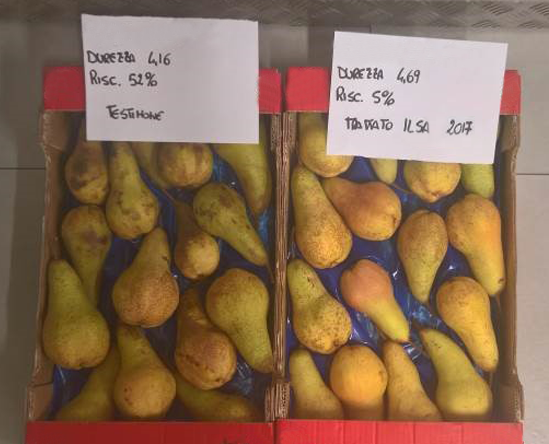
In the test, the two biostimulants were applied in mixture, but were kept separate from other treatments. However, the nature of the two biostimulants allows the application in biological agriculture and the miscibility with other fertilizers (for example, based on calcium), or pesticides in the case of conventional agriculture.
This, in turn, denotes an additional advantage associated with the very high efficiency of using these natural biostimulants which, in addition to yielding excellent results (which are especially important in organic farming where the tools available are more limited), do not cause a further increase in application costs.
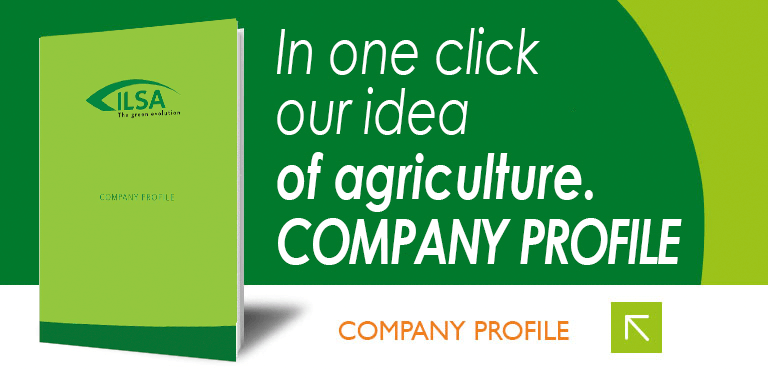
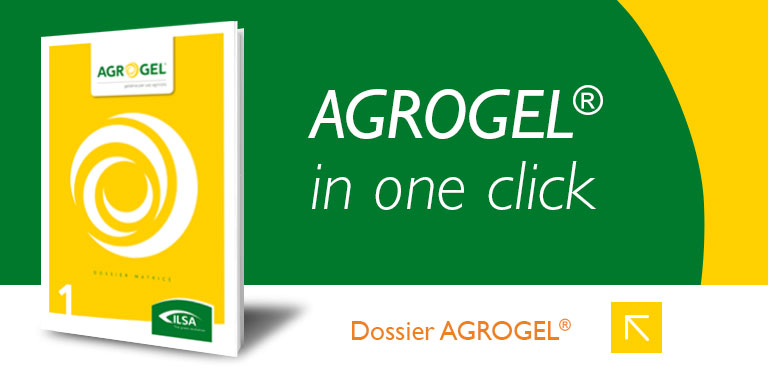
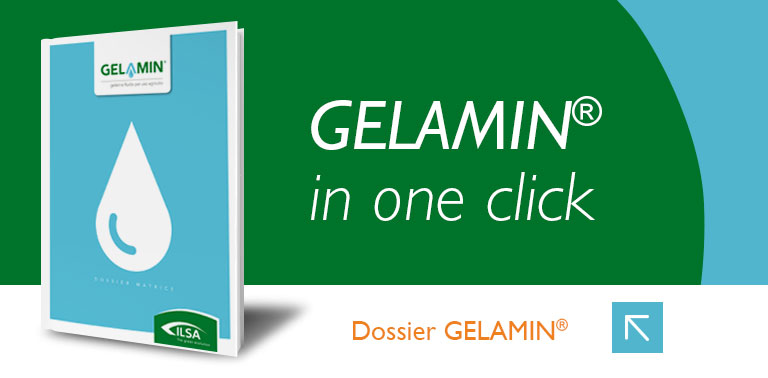


.png)
